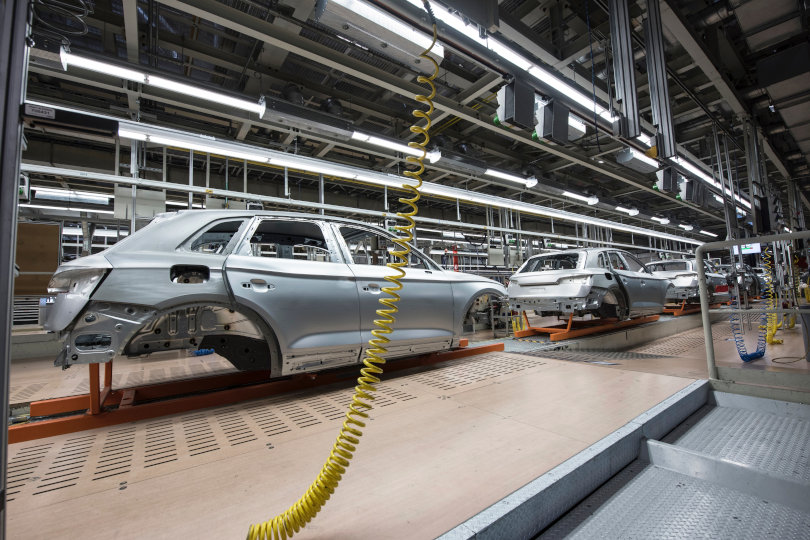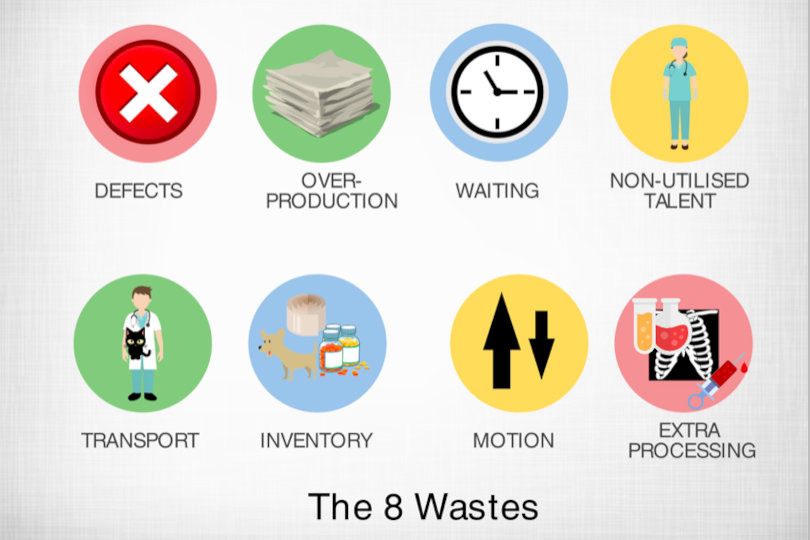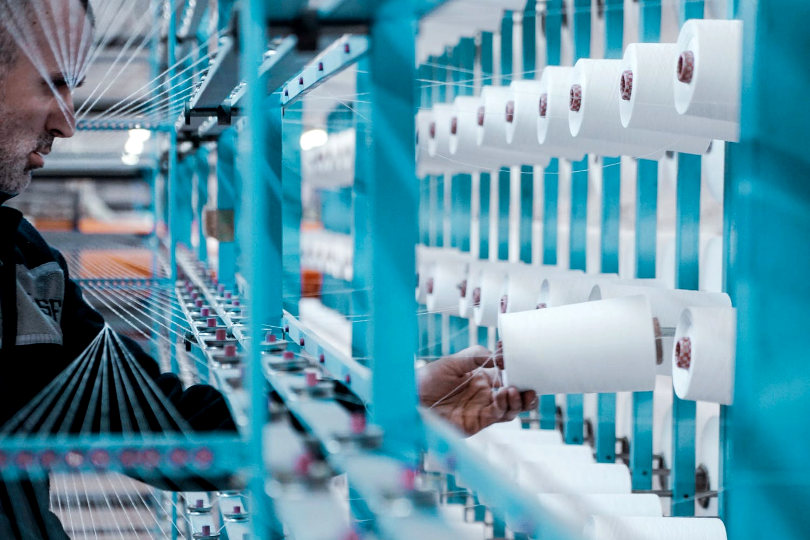Lean manufacturing involves improving production processes so what waste can be eliminated. This would lead to better quality and reduced costs. The key aspect of lean manufacturing is the elimination of wastes. As per lean concepts, waste is anything that does not add value.
So, what are the wastes involved in the manufacturing process? Read on to know about the 8 wastes of lean manufacturing.

The 8 Wastes – DOWNTIME
It was Toyota that pioneered lean manufacturing and they identified 7 wastes related to the production process. Later on, when lean manufacturing was adopted world-over, an eighth waste was included in the list.
There is an acronym used to help people remember the eight wastes and the acronym is DOWNTIME. The eight wastes of leaning manufacturing are:
- Defects
- Overproduction
- Waiting
- Non-utilized talent
- Transportation
- Inventory in excess
- Motion waste
- Excess processing

Understand the 8 wastes
1. Defects
Defects refer to mistakes committed. These mistakes lead to loss of value since they cost money, time, and effort to fix. Also, the time involved in fixing these mistakes could have been used for other value-adding work. Defects are expensive and need to be avoided. It may not be practically possible to eliminate defects 100%. Companies need to try and minimize defects. Some of the common causes of defects are:
- Improper quality control.
- Lack of defined standards.
- Poor documentation.
- Inventory levels not managed well.
- Poor design.
- Improper quality control.
- Not understanding customer needs.
2. Overproduction
Overproduction is where the company keeps producing products even when they are not needed. This leads to excess inventory that is costly for the company. Improper planning, lack of effective communication, and uncontrolled automation are causes of overproduction. The pull principle of lean manufacturing calls for production only against a customer order. Following this and using tools like Kanban and just-in-time production can help eliminate this mistake.
3. Waiting
Waiting refers to wastage of time. In a production process, one activity may depend on another. If the first one is delayed, the second one is also held up. This leads to workers waiting for work, which represents loss of time and money. Improper work planning, poorly managed staffing, unexpected downtime, improper communication, and poor process quality are reasons for waiting. Bottlenecks in the process need to be identified and removed so waiting waste is eliminated.
4. Not Utilizing talent
This is the only waste not related to the production process and added later. This represents wasting talent of people by not utilizing it effectively. Each person has a specific ability, which needs to be understood. Allotment of work needs to be done so that the right person gets the right job. If this is not done properly, then talent goes unutilized. This can affect the company and also lead to the employee being demotivated. Effective HR processes can help eliminate this waste.

5. Transportation
This refers to excess transportation, which is waste caused by moving things around. When the workplace is organized poorly, it leads to unnecessary movement of materials. This wasteful transport does not add any value and can hamper the production process. Poor planning can lead to this waste.
6. Inventory in excess
Excess inventory is a major waste that leads to extra costs. When there is more inventory than needed, it is an indicator of poor planning. When the forecasting system is not effective and does not follow the pull principle, then it leads to excess inventory. Improving the production scheduling and following systems like JIT can help reduce this waste.
7. Motion
Motion waste refers to wasteful or unnecessary movements. This can be motion by employees or by machines. Wasteful movement leads to waste of time and can cause increased costs. It also causes extra strain on employees. For example, unnecessary or excess bending or stretching are wasteful movements. This does not add value. Here again, improper production planning, poor layout, and lack of standards causes this waste.

8. Excess processing
Excess or over processing refers to redundant work that does not add value. Lack of proper input from customers, poor standards, human errors, excessive reporting, and poor communication can lead to this waste. Process mapping needs to be implemented to prevent this waste and ensure efficient process management.




